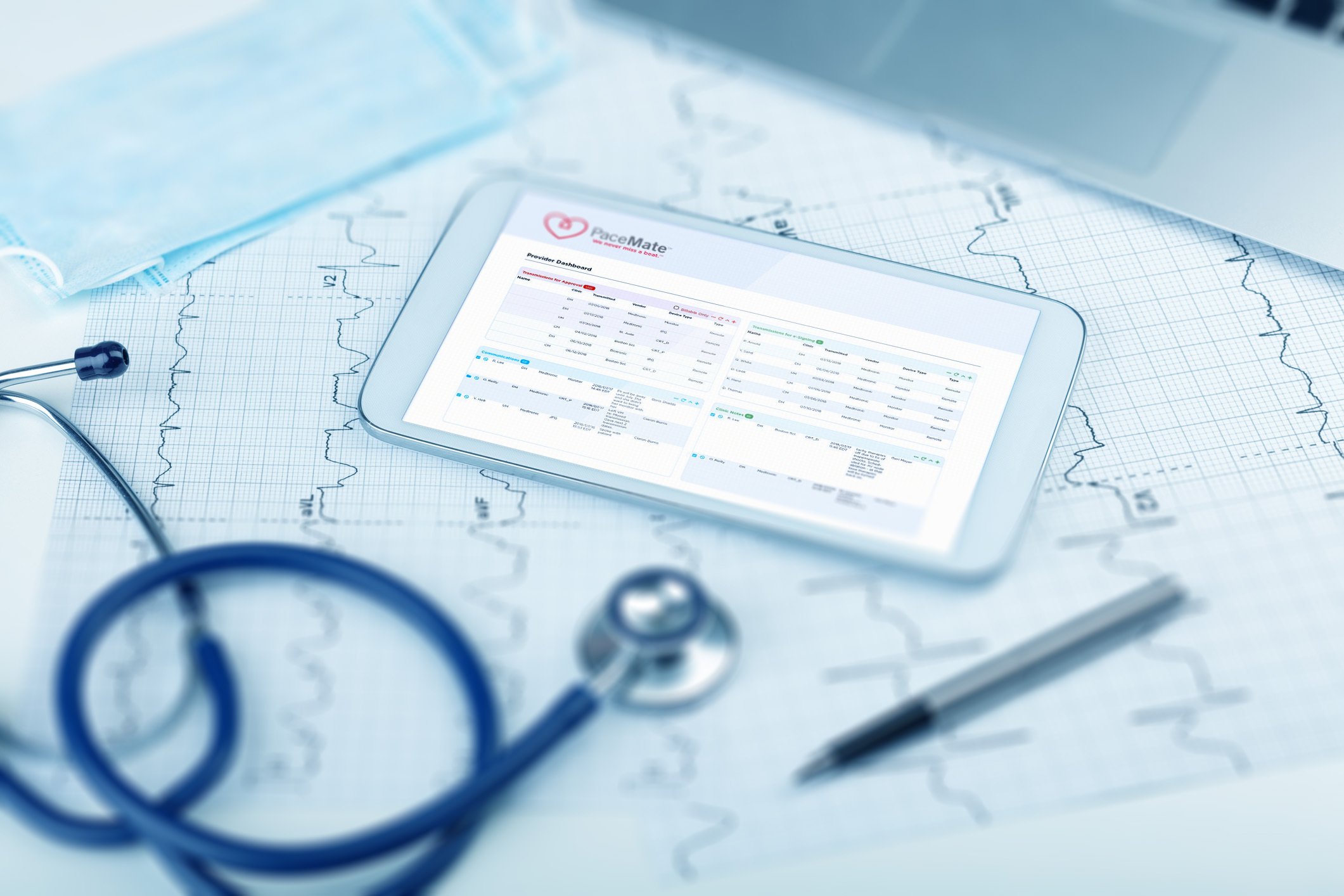Device Clinic Management—Part 1: Remote Monitoring Supports Patient Compliance
by Rebecca N. Revell, RN, BSN, CCDS, and Robin Leahy, MSPH, BSN, RN, FHRS, CCDS
Remote Monitoring Benefits
In 2015, the HRS Expert Consensus Statement on remote interrogation and monitoring for cardiovascular implantable electronic devices identified the remote monitoring of CIEDs as a Class I recommendation, indicating very high benefit for the risks involved. Remote monitoring of patients with cardiovascular implantable electronic devices (CIEDs) has been shown to lower mortality, morbidity, and healthcare utilization in the CIED patient population. It is useful in the reduction of inappropriate ICD shocks and early identification of atrial fibrillation. And for any patient with a recalled implanted device, remote monitoring alerts providers early to actionable events.
Alleviating Device Management Challenges
Clinics that manage CIED patients face ever-increasing challenges from the workload these systems require to optimize function. Within a busy device practice, staff are pulled in multiple directions to address in-clinic patient checks, remote checks, walk-ins, add-ons, and patient triage calls. Device clinics experience staffing and education burdens as they attempt to meet all of these obligations. In addition to these demands, the burden of non-compliant remote monitoring patients places both clinics and patients at risk.
The Burden of Patient Compliance
Non-compliant patients are frequently unintentional offenders and include a variety of circumstances: forgotten scheduled manual transmissions, disconnected home monitors, unpaired monitors, inappropriate manual transmissions, non-actionable patient-activator use, and wireless patients with no automatic schedule. These concerns are compounded by the large variety of monitors, connecting equipment, and monitor-CIED interactions.
The difficulty of managing patient compliance can be broken into four main subjects:
- The complexities of remote scheduling
- Disconnected monitors and transmitters
- Management of non-wireless device patients
- Patient education regarding monitor use and function
Upcoming blog posts will include deeper discussion of these issues and how PaceMate™’s powerful resources are already dramatically reducing remote monitoring and compliance burdens for our clients.
